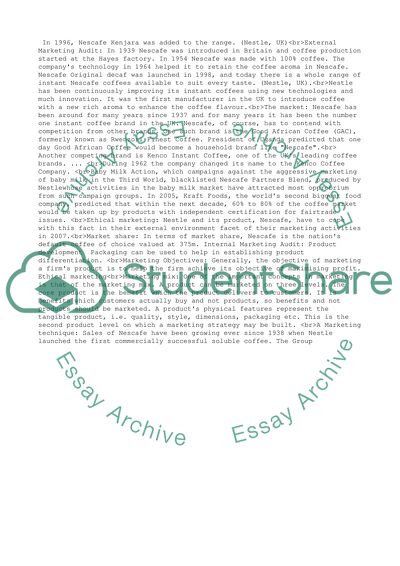Cite this document
(“Marketing Plan 2007 for NESCAF Coffee (Nestle) Assignment”, n.d.)
Retrieved from https://studentshare.org/business/1532590-marketing-plan-2007-for-nescaf-coffee-nestle
Retrieved from https://studentshare.org/business/1532590-marketing-plan-2007-for-nescaf-coffee-nestle
(Marketing Plan 2007 for NESCAF Coffee (Nestle) Assignment)
https://studentshare.org/business/1532590-marketing-plan-2007-for-nescaf-coffee-nestle.
https://studentshare.org/business/1532590-marketing-plan-2007-for-nescaf-coffee-nestle.
“Marketing Plan 2007 for NESCAF Coffee (Nestle) Assignment”, n.d. https://studentshare.org/business/1532590-marketing-plan-2007-for-nescaf-coffee-nestle.


